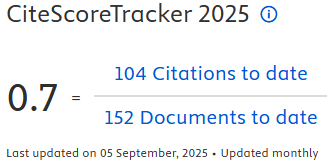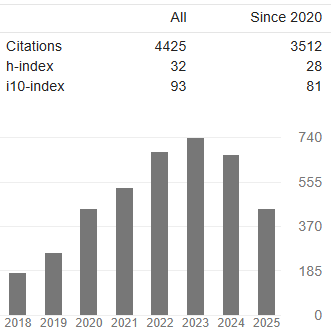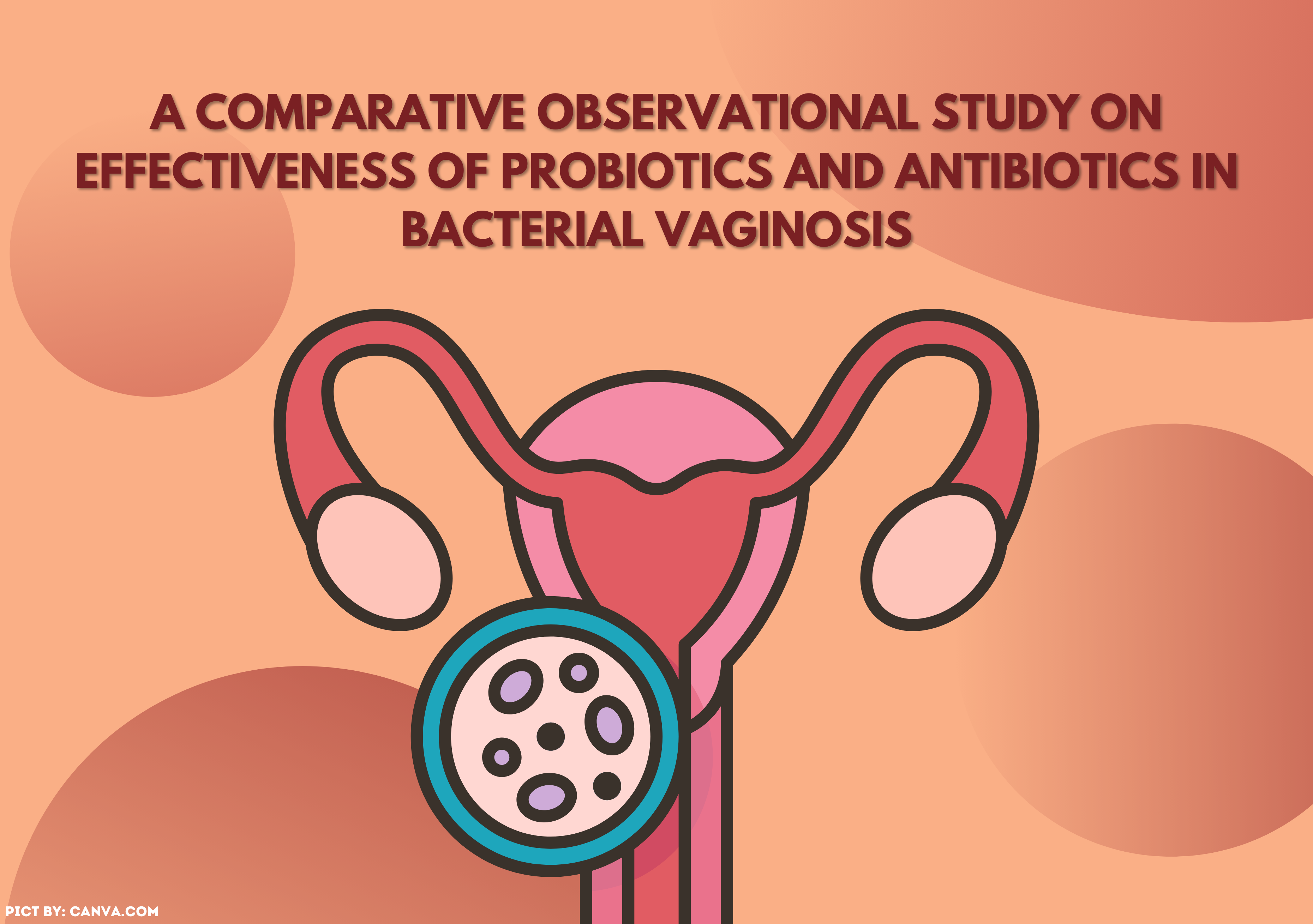MODEL SOSIO EKOLOGI PERILAKU KESEHATAN DAN PENDEKATAN CONTINUUM OF CARE UNTUK MENURUNKAN ANGKA KEMATIAN IBU
Downloads
Maternal mortality rate is the important health indicator which is used as a component of Nation Development Index or quality of life index in all countries in the world. It is the most sensitive indicator among other health indicators to assess health status or quality of life in a country. Recently, Indonesia
faces an inconvenience situation when a surprise increasing of maternal mortality rate was launched by national health survey, reflected an un-successful effort to achieve Millenium Development Goals (MDGs) target 2015 or the Sustainable Development Goals (SDGs). Reducing maternal mortality rate
in Indonesia is a big challenge, because maternal mortality is a multi-causes problem. Furthermore, various factors may play a role as the root causes that could not be addressed only through health interventions, but should involve multi-sectoral approach. Base on thus issues, this paper will discuss appropriate strategies to reduce maternal mortality in Indonesia by combining concept of socio ecological model of health behavior and continuum of care approach.
Keywords: Maternal Mortality Rate, Socio Ecological Model, continuum of care
Bappenas. 2012. Laporan Pencapaian Tujuan Pembangunan Milenium di Indonesia 2011. Jakarta. Bappenas.
Badan Pusat Statistik (BPS). 2013. Survei Demografi dan Kesehatan Indonesia. Jakarta. BPS.
BPS Provinsi Jawa Timur. 2013. Jawa Timur dalam Angka. Surabaya.
Bale, J.R., Stoll, B.J., Lucas, A.O (Eds). 2003. Improving Birth Outcomes. Washington DC. National Academic Press.
Black, R.E., Allen, L.H., Bhutta, Z.A., Caufield, L.E., De Onis, M., Ezzati, M., Rivera, J. 2008. Maternal and child under nutrition: Global and regional exposures and health consequences. The Lancet Series on Maternal and Child Undernutrition 1. Lancet 2008, Publish on line Jan 17. doi:10.1016/S0140- 6736(07)61690-0.
Braveman, P., Gruskin, S. 2003. Defi ning equity in health. J Epidemiol CommunityHealth 2003;57: 254–258.Center for Diseases Control (CDC-US). 2002. The Ecological Model and Risk/Protective Factors in Preventing Child Abuse and Neglected. World Report on Violence and Health.
Coonrod, D.V., Jack, B.W., Bogger, K.A., et al. The clinical content of preconception care: immunizations as part of preconception care. Am J Obstet Gynecol. 2008;(Suppl Dec): S290-95.
Curtis, M.G. Preconception care:a clinical case of "think globally, act locally”. Am J Obstet Gynecol. 2008;(Suppl Dec): S257-258.
Dinkes Kota Surabaya. 2013. Profi l Kesehatan Kota Surabaya 2012. Surabaya. Dinkes Kota Surabaya.
Dinkes Provinsi Jawa Timur. 2013. Profi l Kesehatan Jawa Timur 2012. Surabaya. Dinkes Prov. Jatim.
Global Health Europe. 2009. Inequity and inequality in health.
Jack, B.W., Atrash, H., Bickmore, T., Johnson, K. The future of preconeption are: a clinical perspecive. Women Health issuess. 2008;18(6 Suppl): S19-25.
Jack, B.W., Atrash, H., Coonrod, D.V., Moos MK, O'Donnell J, Johnson K. The clinical content of preconception care: an overview and preparation of this supplement. Am J Obstet Gynecol. 2008;(Suppl Dec): S266-79.
Kawachi, I., SV Subramanian., N Almeida- Filho. 2002. A glossary for health inequalities. J Epidemiol Community Health 2002;56: 647–652.
Kemenkes, RI. 2013a. Jaminan Kesehatan Nasional (JKN) dalam Sistem Jaminan Sosial Nasional, Jakarta.
Kemenkes, RI. 2013b. BPJS Kesehatan, Jakarta.
Kumanyika, S., Jeff ery, R.W., Morabia, A., et al. 2002. Public Health Approaches to the Prevention of Obesity (PHAPO) Working Group of the International Obesity Task Force (IOTF). Obesity prevention: the case for action. Int J Obes Relat Metab Disord 93, 1168–1173.
Mehtälä, M.A.K., AK Sääkslahti., ME Inkinen., MEH, Poskiparta. 2014. A socio-ecological approach to physical activity interventions in childcare: a systematic review. International Journal of Behavioral Nutrition and Physical Activity; 2014; 11: 22.
Moos, M.K., Dunlop, A.L., Jack, B.W., et al. Healthier women, helthier reproductive outcomes: recommendations for routine care of all women of reproductive age. Am J Obstet Gynecol. 2008;(Suppl Dec): S280-89.
Moos, M.K. From concept to practice: reflections on the preconceptionhealt agenda. J Womens Health. 2010;19: 567–7.
Peraturan Pemerintah Republik Indonesia Nomor 72 tahun 2012 tentang Sistem Kesehatan Nasional.
Peraturan Presiden No. 12 Tahun 2013 tentang Jaminan Kesehatan.
Peraturan Presiden No. 111 Tahun 2013 tentang Perubahan Atas Peraturan Presiden No. 12 Tahun 2013.
Riskesdas. 2007. Badan Penelitian dan Pengembangan Kementerian Kesehatan Republik Indonesia.
Riskesdas. 2010. Badan Penelitian dan Pengembangan Kementerian Kesehatan Republik Indonesia.
Riskesdas. 2013. Badan Penelitian dan Pengembangan Kementerian Kesehatan Republik Indonesia.
Sines, E., A, Tinker., J Ruben. 2006. The Maternal–Newborn–Child Health Continuum of Care: A Collective Eff ort to Save Lives. Bulletin Save The Children. March 2006: 1–6.
Stokols, D. 1996. Translating social ecological theory into guidelines for community health promotion. Am J Health Promot 10, 282–293.
Townsend, N., C, Foster. 2011. Developing and applying a socio-ecological model to the promotion of healthy eating in the school. Public Health Nutrition: 1–8. doi:10.1017/S1368980011002655.
Trisnantoro, L. 2011. Strategi Luar Biasa untuk Penurunan Kematian Ibu dan Bayi Jurnal Manajemen Pelayanan Kesehatan Vol. 14, No. 4 Desember 2011: 175-176.
Undang Undang No. 36 Tahun 2009 Tentang Kesehatan.
Whitehead, M. 1992. The concepts and principles of equity in health. Int J Health Serv 1992; 22: 429–445.
WHO. 1996. Revised 1990 Estimates of Maternal Mortality: A New Approach by WHO and UNICEF. Geneva: WHO.
WHO. 1999. Reduction of Maternal Mortality: A Joint WHO/UNFPA/UNICEF/World Bank Statement. Geneva: WHO.
WHO. 2001. Maternal mortality in 1995: Estimates developed by WHO, UNICEF, UNFPA. Geneva: WHO.
WHO. 2013. Meeting to develop a global consensus on preconception care to reduce maternal and childhood mortality and morbidity. Meeting report. Geneva: WHO.
- The authors agree to transfer the transfer copyright of the article to The Indonesian Journal of Public Health effective if and when the paper is accepted for publication.
- Authors and other parties are bound to the Creative Commons Attribution-NonCommercial-ShareAlike 4.0 International License for the published articles, legal formal aspect of journal publication accessibility refers to Creative Commons Attribution-NonCommercial-ShareAlike 4.0 International License (CC BY-NC-SA), implies that:
- Attribution ” You must give appropriate credit, provide a link to the license, and indicate if changes were made. You may do so in any reasonable manner, but not in any way that suggests the licensor endorses you or your use.
- NonCommercial ” You may not use the material for commercial purposes.
- ShareAlike ” If you remix, transform, or build upon the material, you must distribute your contributions under the same license as the original.































